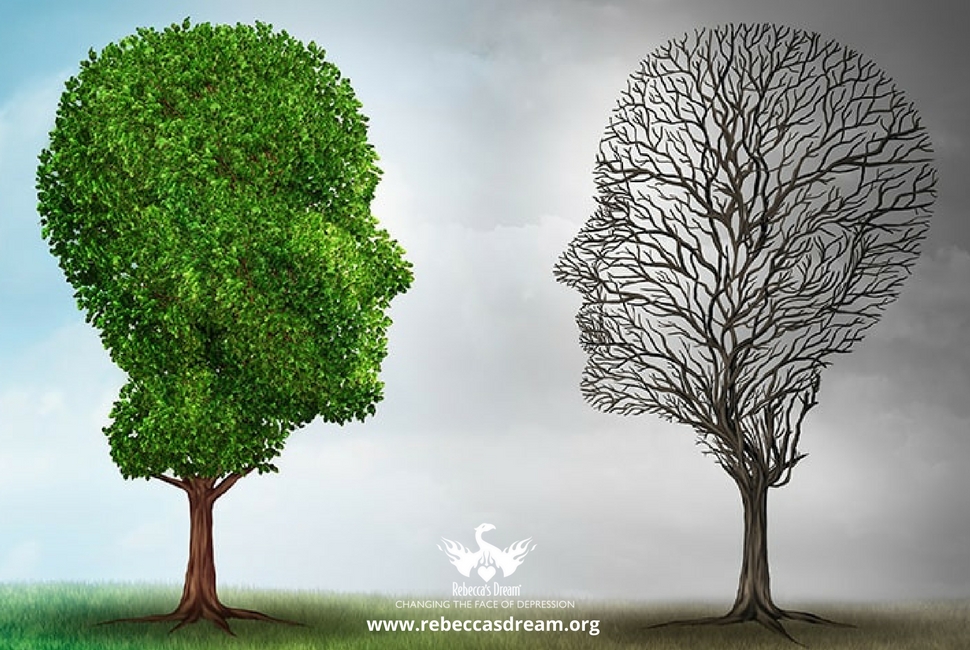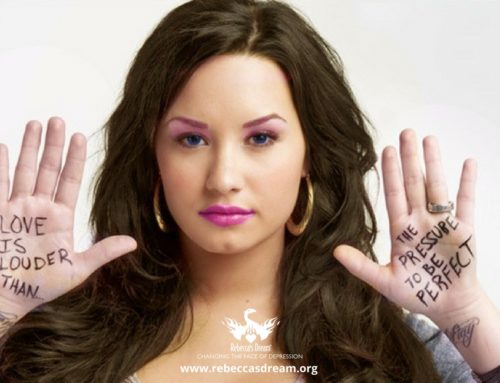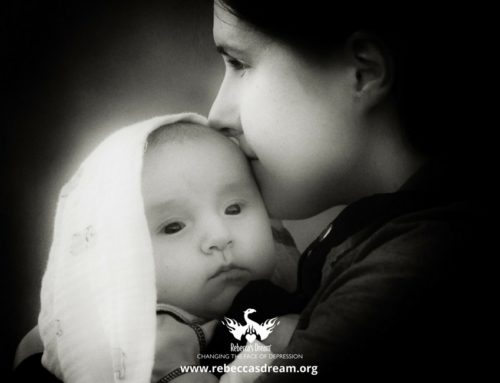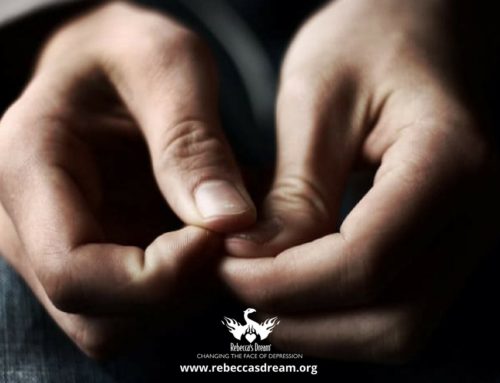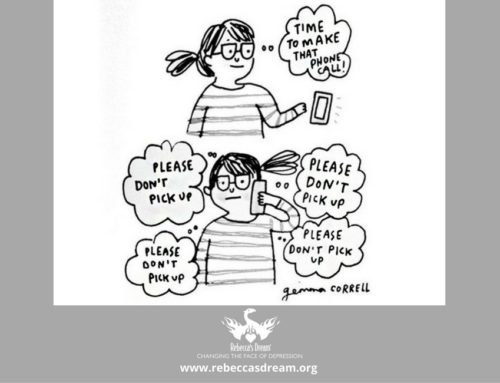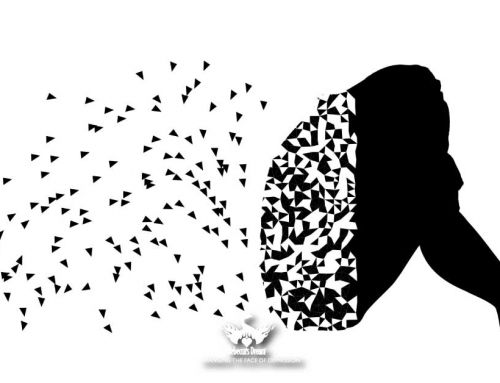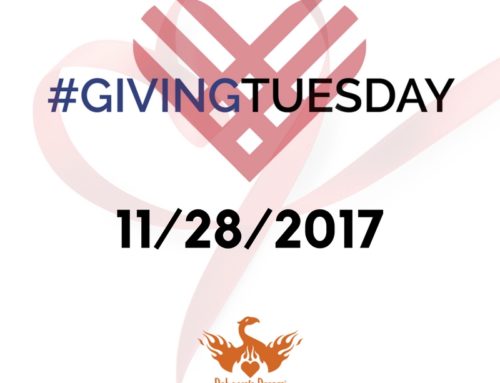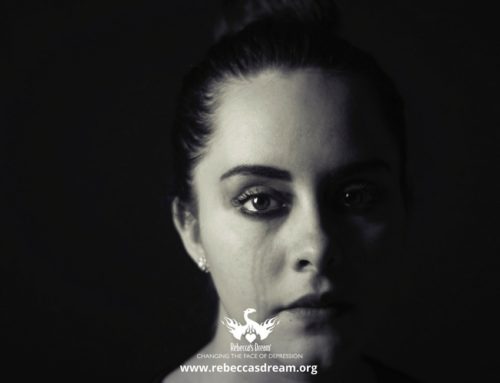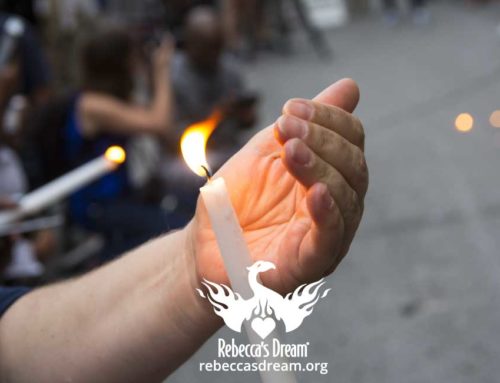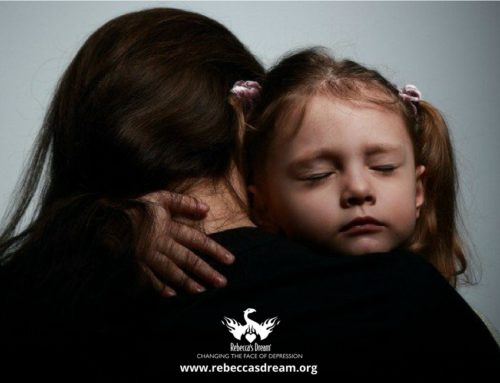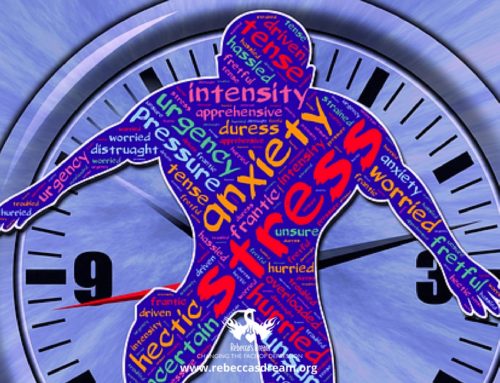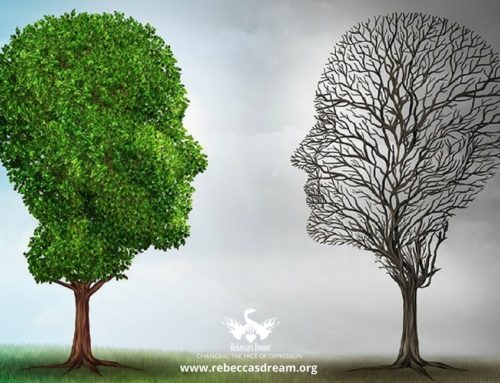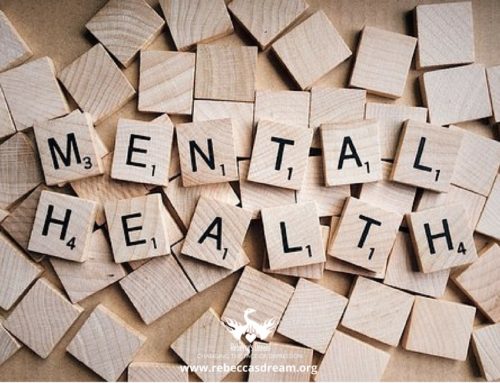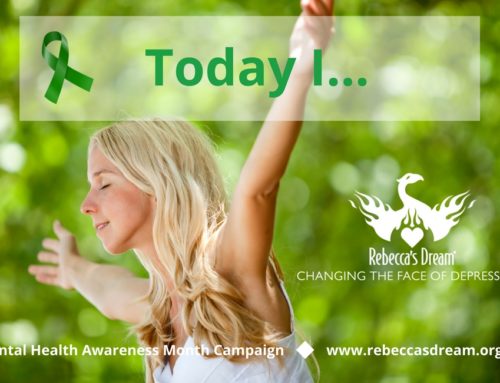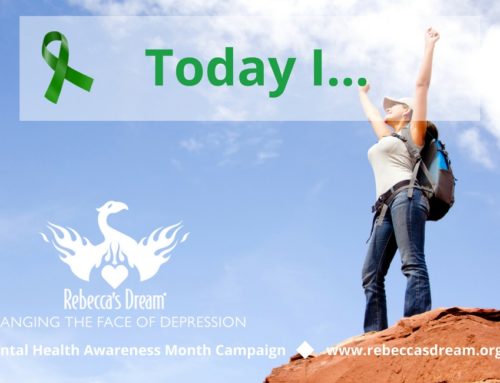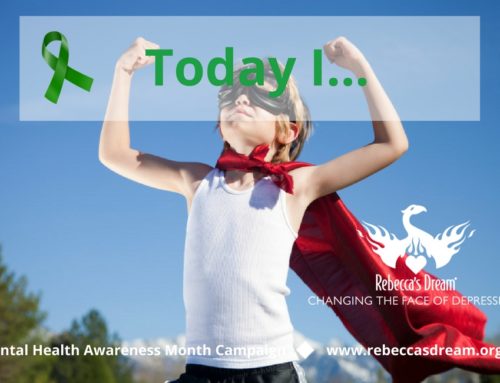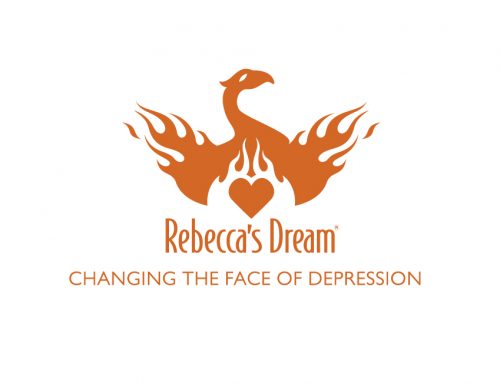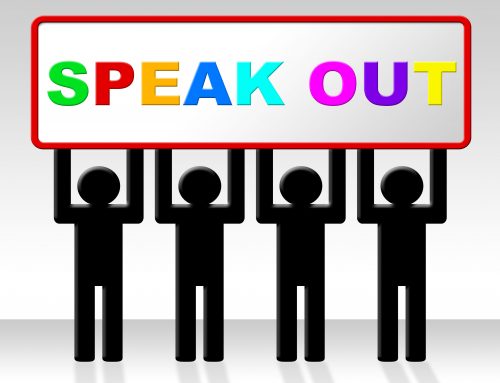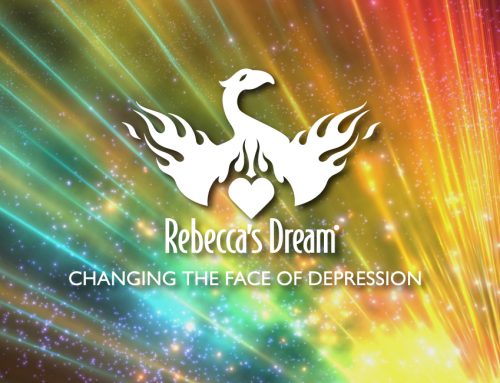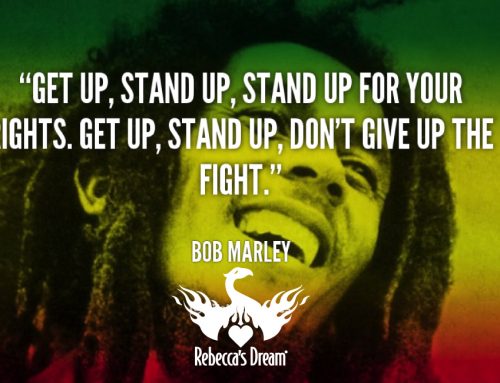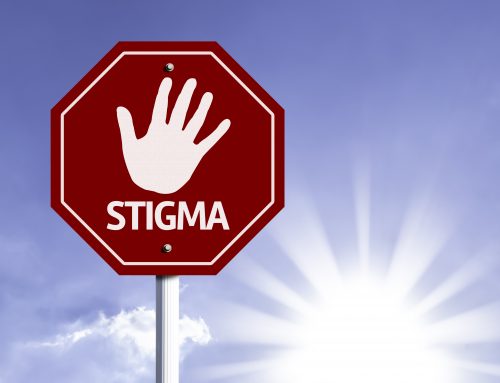Overview
Bipolar disorder is a chronic mental illness. It causes severe mood swings ranging from extreme highs, or mania, to extreme lows, or depression. Bipolar mood swings may occur as infrequently as a few times a year or as often as a few times a week.
There are several types of bipolar disorder:
- Bipolar I disorder is characterized by at least one manic episode followed by a depressive episode.
- Bipolar II disorder is characterized by at least one major depressive episode lasting at least two weeks and at least one episode of irritability for four days, but without any manic episodes.
- Cyclothymic disorder is characterized by at least two years with many episodes of irritability and depression, with symptoms that occur at least half of the time and don’t go away for more than two months at a time.
The specific symptoms of bipolar disorder vary depending on which type of bipolar disorder is diagnosed. Yet some symptoms are common in most people with bipolar disorder. These include:
- anxiety
- trouble concentrating
- irritability
- mania and depression at the same time
- disinterest and loss of pleasure in most activities
- an inability to feel better when good things happen
- unusual behavior during social interactions, such as holding the body in an odd position, not speaking, or mimicking another person’s speech or body movements
- moods that change with the seasons
- rapid changes in mood
- psychosis that causes a detachment from reality, often resulting in false but strong beliefs (delusions) and the hearing or seeing of things that don’t exist (hallucinations)
If you have a friend, family member, or significant other with bipolar disorder, it’s important to be patient and understanding of their condition. Yet helping a person with bipolar disorder isn’t always easy. Here’s what you should know.
How can you help someone during a manic episode?
During a manic episode, a person will experience feelings of high energy, creativity, and joy. A person will talk very quickly, get very little sleep, and may act hyperactively. They may also feel invincible, which can lead to risk-taking behaviors.
Some common symptoms of a manic episode include:
- an unusually “high” or optimistic attitude
- extreme irritability
- unreasonable (usually grand) ideas about one’s skills or power
- abundant energy
- racing thoughts that jump between different ideas
- being easily distracted
- trouble concentrating
- impulsiveness and poor judgment
- reckless behavior with no thought about consequences
- delusions and hallucinations
During these episodes, a person with bipolar disorder is very likely to act recklessly. Sometimes they may go as far as endangering their own life or the lives of the people around them. Remember that this person can’t fully control their actions during episodes of mania. Therefore, it’s not always an option to try to reason with them to try to stop behaving a certain way.
It can be beneficial to keep an eye out for the warning signs of a manic episode so that you can react accordingly. People with bipolar disorder may show different symptoms, but some common warning signs include:
- a very sudden lift in mood
- an unrealistic sense of optimism
- sudden impatience and irritability
- a surge in energy and talkativeness
- an expression of unreasonable ideas
How to react depends on the severity of the person’s manic episode. In some cases, doctors may recommend that the person increase their medication, take a different medication, or even be brought to the hospital for treatment.
But in other cases, you may be able to talk your loved one through a manic episode. When they’re not showing any symptoms, talk to them about how you could best help them through their mania. This way you’ll know the best way to react when the time comes.
In general, try to avoid entertaining any grand or unrealistic ideas, which may increase a person’s likelihood to engage in risky behavior. Talk calmly and encourage the person to engage in calming behaviors such as drawing, reading, or resting.
How can you help someone during a depressive episode?
Just as it can be challenging to help a loved one through a manic episode, it can be tough to help them through a depressive episode. Some common signs of a depressive episode include:
- sadness, hopelessness, and emptiness
- irritability
- inability to take pleasure in activities
- fatigue, or loss of energy
- physical and mental lethargy
- changes in weight or appetite, such as gaining weight and eating too much, or losing weight and eating too little
- problems with sleep, such as sleeping too much or too little
- problems focusing or remembering things
- feelings of worthlessness or guilt
- thoughts about death or suicide
Just as with a manic episode, doctors may suggest a change in medication, an increase in medication, or a hospital stay for a person experiencing a depressive episode. Again, you’ll want to develop a coping plan for depressive episodes with your loved one when they’re not showing any symptoms.
You can also help a loved one during a depressive episode. Listen attentively, offer helpful coping advice, and try to boost them up by focusing on their positive attributes.
What are signs of an emergency?
In general, feel free to help a person as long as they don’t appear to be posing a risk to their life or the lives of others. Be patient, attentive to their speech and behavior, and supportive in their care.
But in some cases, it’s not always possible to help a person through a manic or depressive episode and you’ll need to get expert help. Some signs of an emergency include:
- violent behavior or speech
- risky behavior
- threatening behavior or speech
- suicidal speech or actions, or talk about death
Suicide prevention
If you think someone is at immediate risk of self-harm or hurting another person:
- Call 911 or your local emergency number.
- Stay with the person until help arrives.
- Remove any guns, knives, medications, or other things that may cause harm.
- Listen, but don’t judge, argue, threaten, or yell.
If you think someone is considering suicide, get help from a crisis or suicide prevention hotline. Try the National Suicide Prevention Lifeline at 800-273-8255.
Outlook
Bipolar disorder is a lifelong condition. People with bipolar disorder are typically treated with a combination of medication and psychotherapy. Alternative therapies, such as meditation, yoga, electroconvulsive therapy (ECT), and transcranial magnetic stimulation (TMS) may also be beneficial to some people.
Living with bipolar disorder can be a challenge. But with the proper treatment, coping skills, and support, most people with bipolar disorder can go on to live healthy, happy lives.
Source > healthline.com
Image > Google Images


